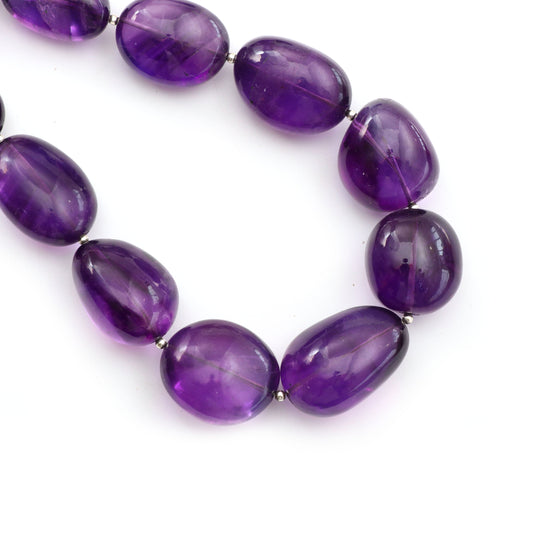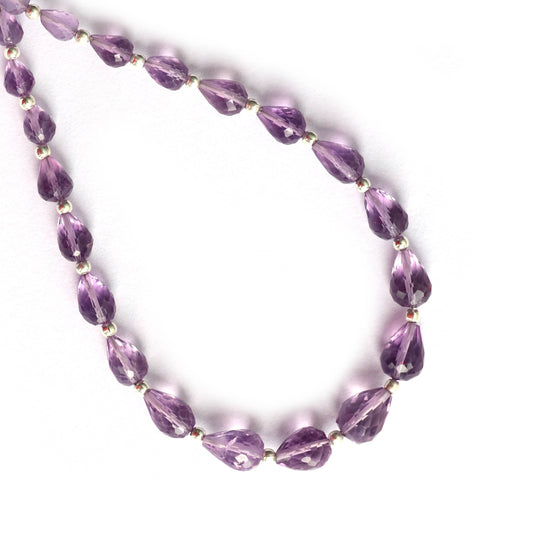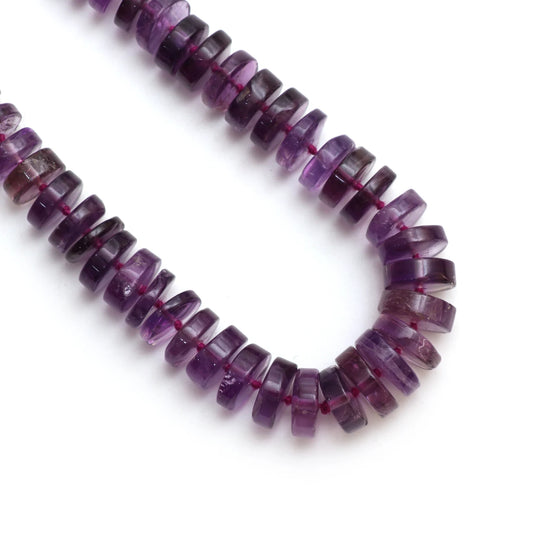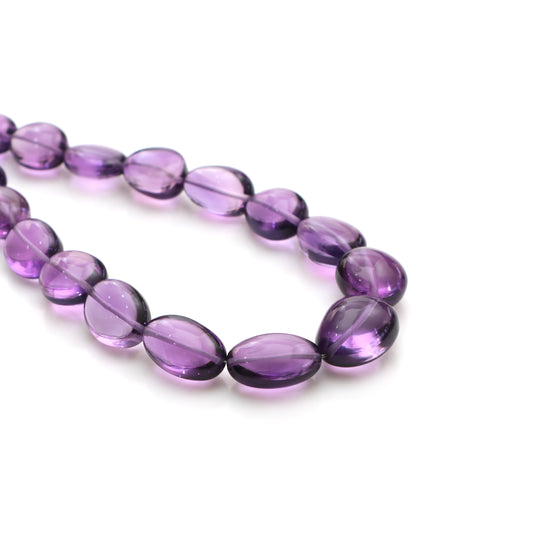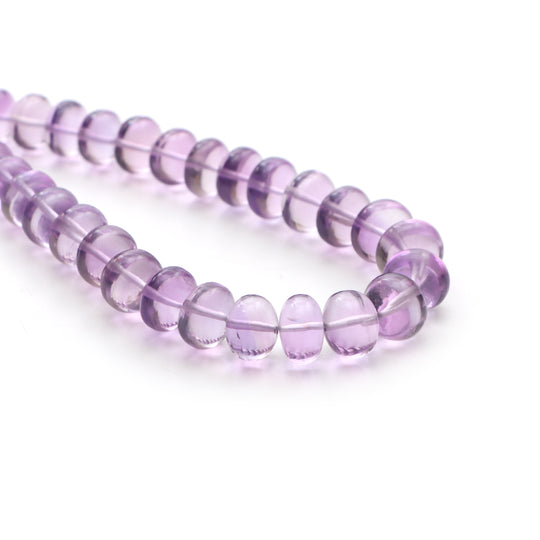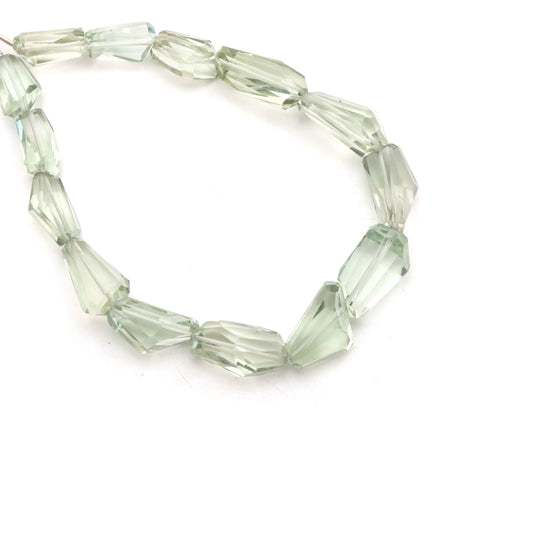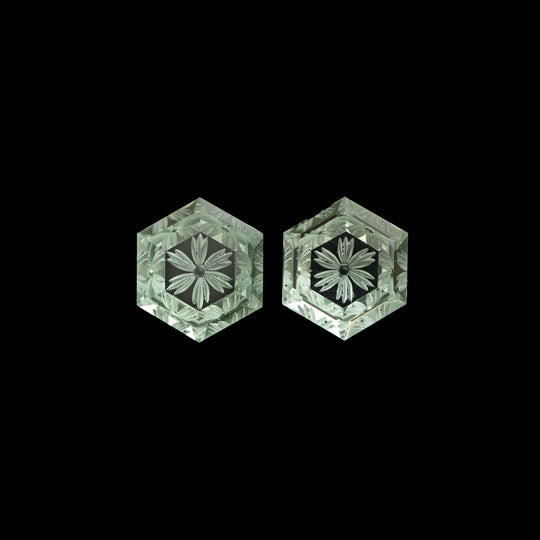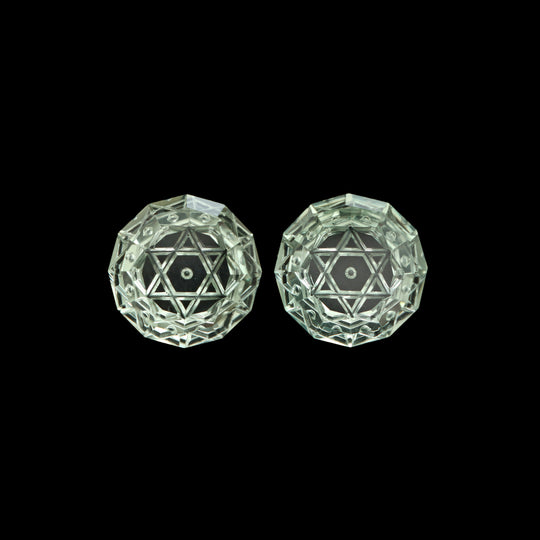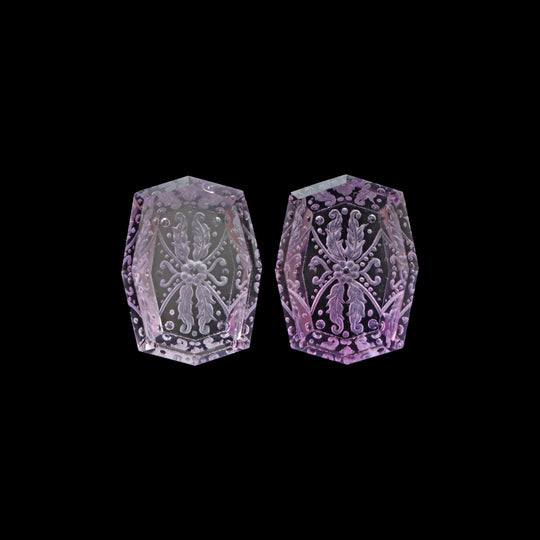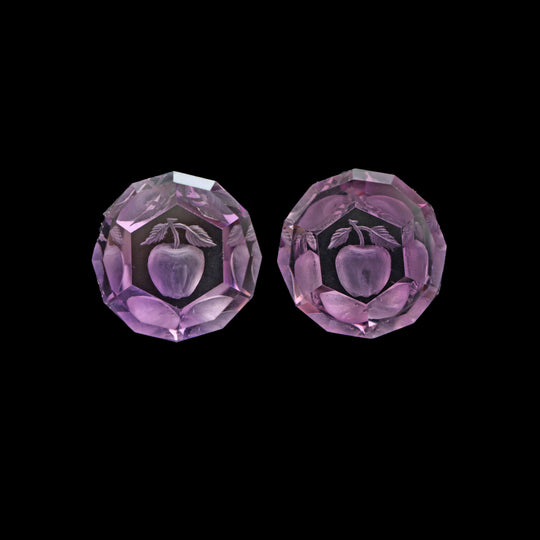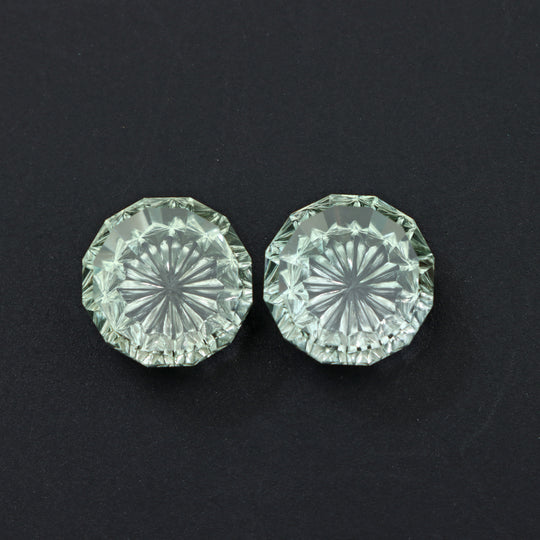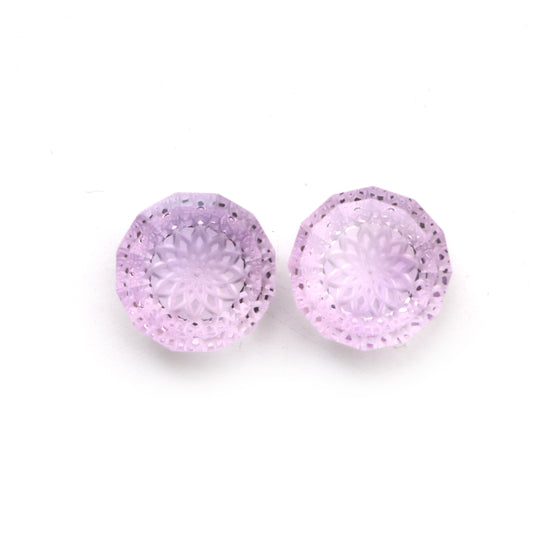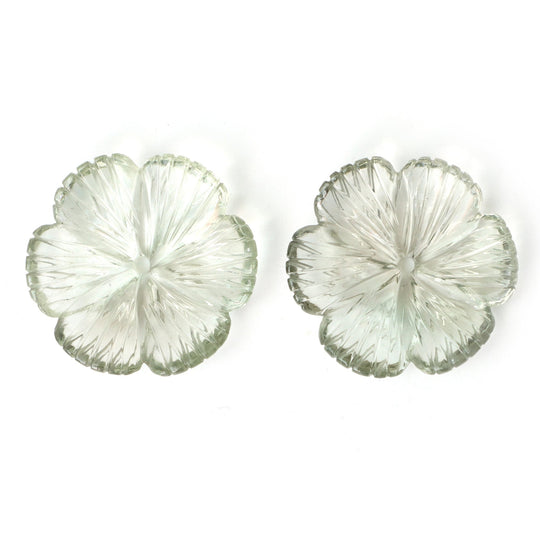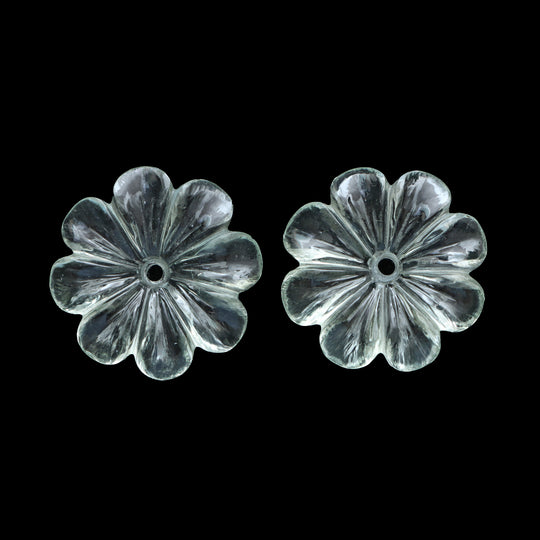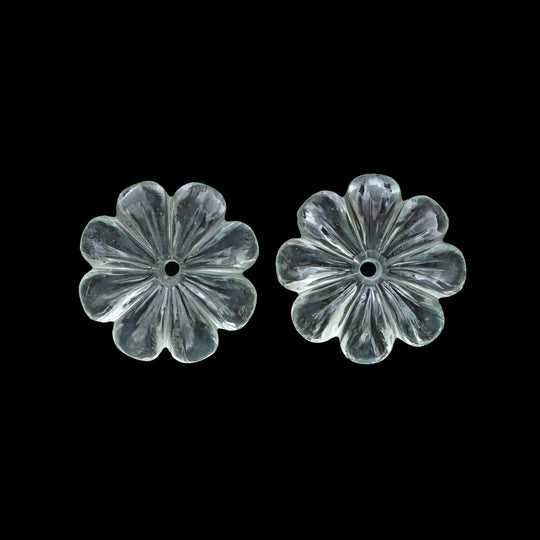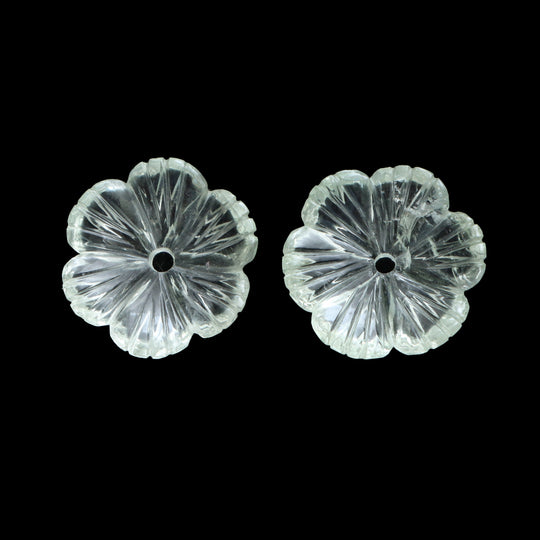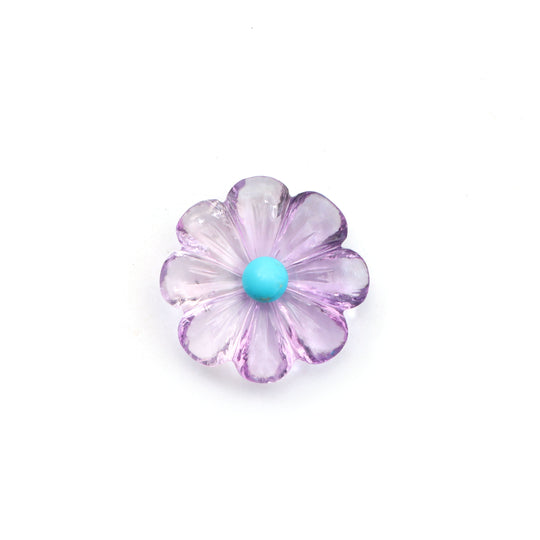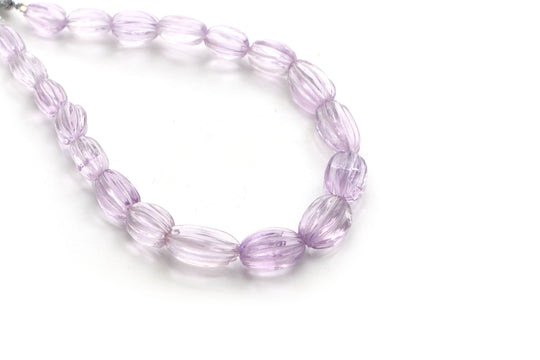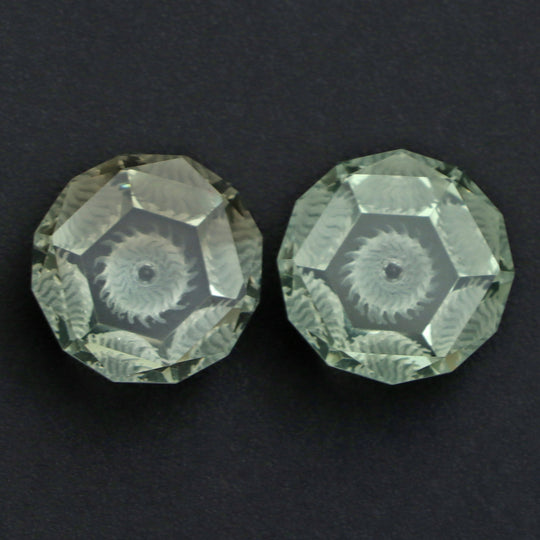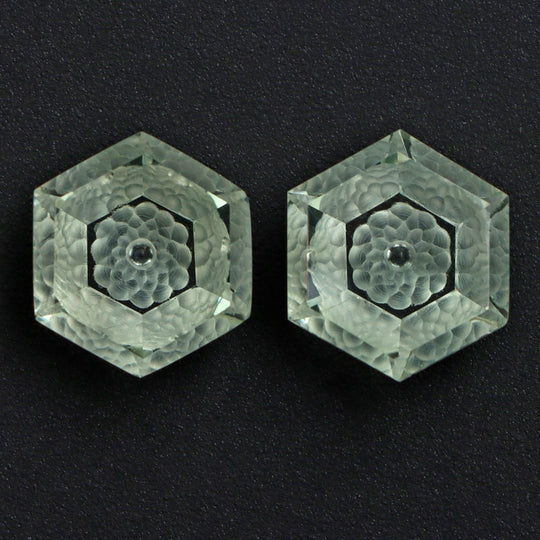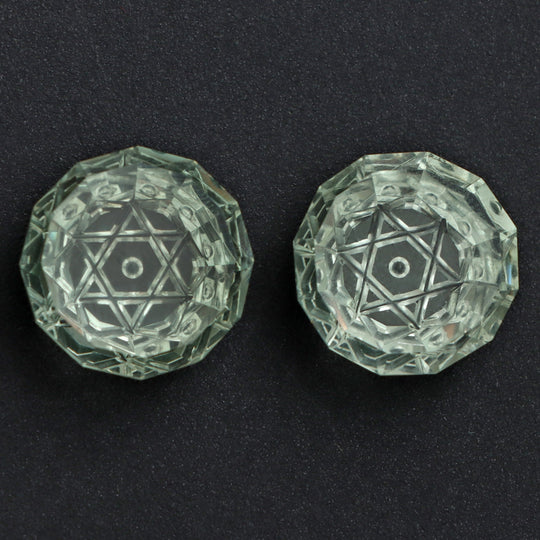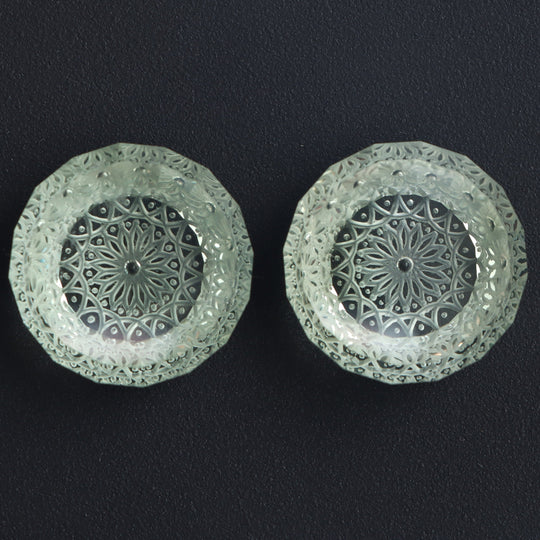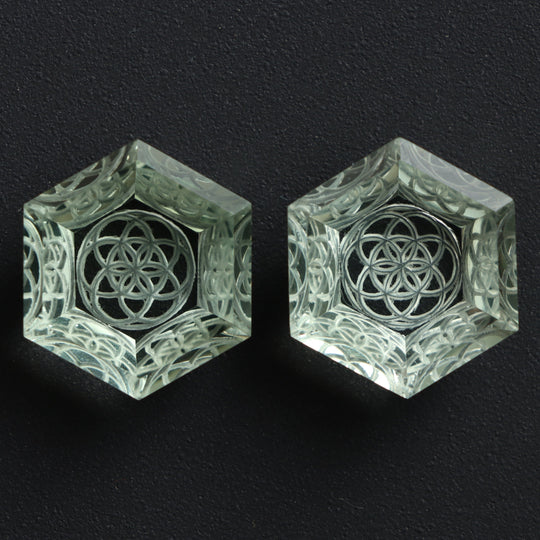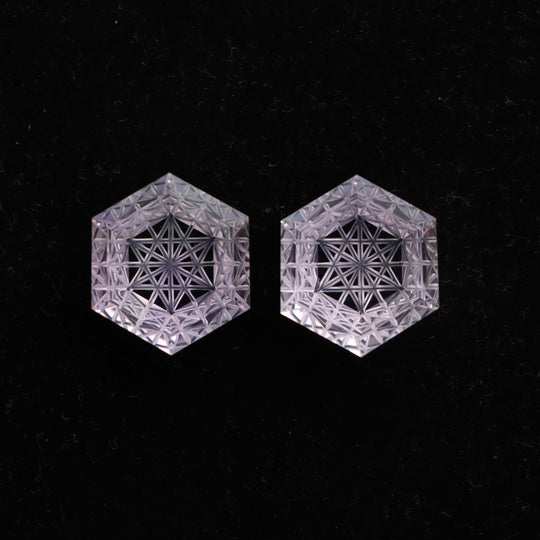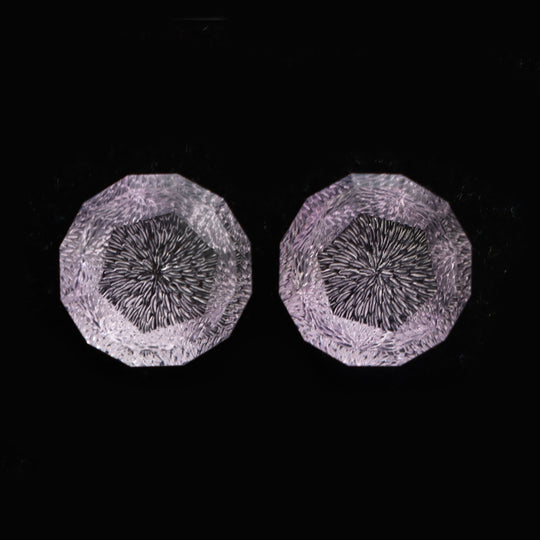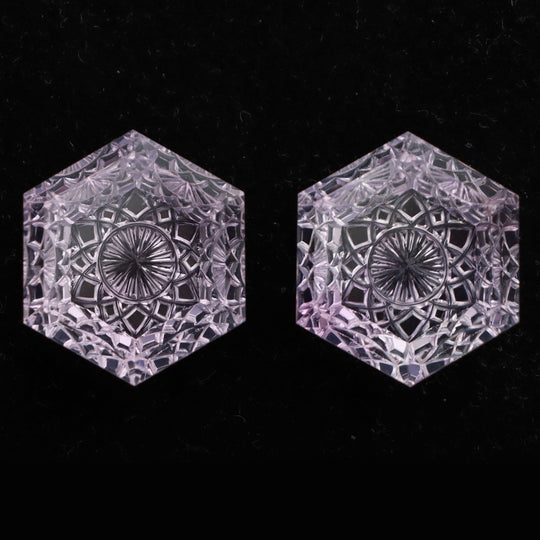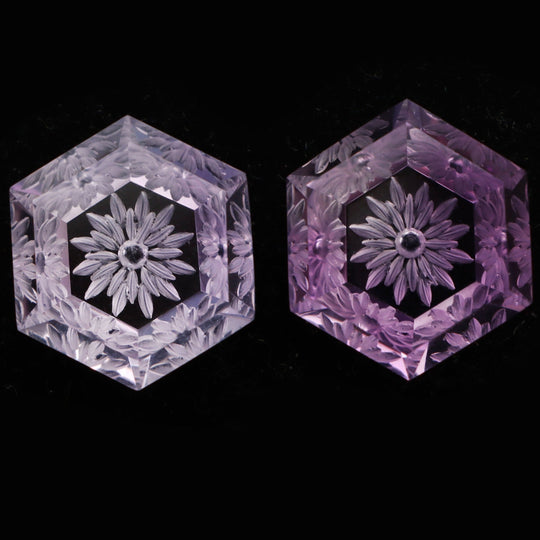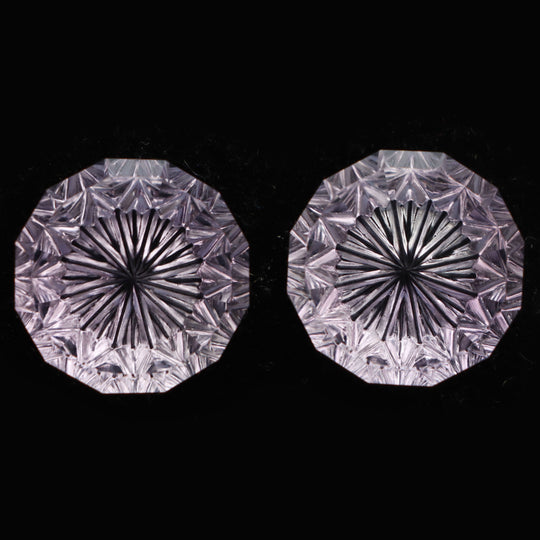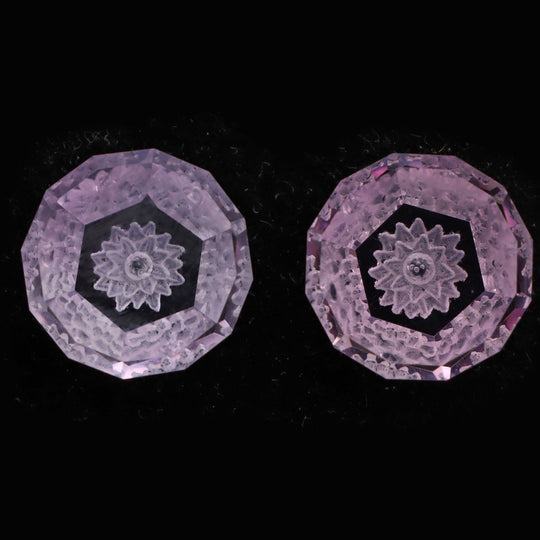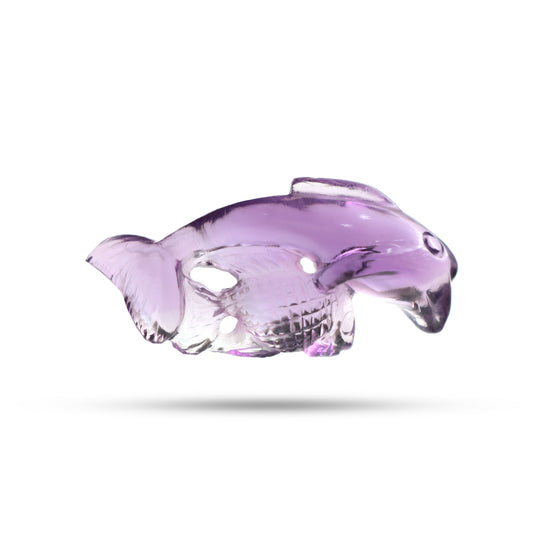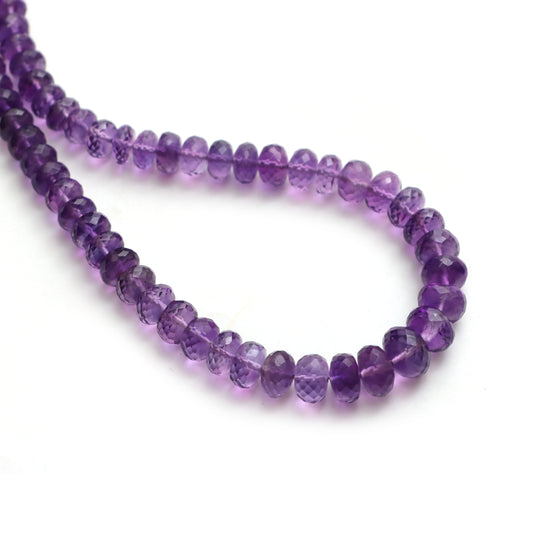Amethyst
National Facets
$165.00
$178.20
- ←
- →
What Does Amethyst Mean?
Amethyst is derived from the Ancient Greek word amethystos, which means "not drunken." The meaning of Amethyst varies depending on where it was mined and what it was used for. Amethyst was believed to be a powerful amulet against the evil eye in ancient Egypt.
Amethyst gemstone is a purple variety of quartz. It can be called a quartz Amethyst because it is made up of pure quartz crystals.
Amethyst's meaning is spiritual healing, calmness, and wisdom. Pure Amethyst is a purple gemstone found in Africa, Asia, and the United States. Purple Amethyst is said to be a stone of spirituality and love. It is believed that the color violet represents the heart and emotions, while purple Amethyst is thought to promote understanding and communication. Green Amethyst is a color that is said to have positive energy. It is because they are associated with the elements of water.
Where can I Buy Bulk Amethyst (Wholesale) in the United States?
There are several places to buy wholesale Amethyst in the United States, but some of the best places to find Amethyst near me include online retailers and specialty stores.
Are you one of them looking to buy bulk amethyst crystals in the USA? Look no further than National Facets! National Facets is a company that buys large Amethyst wholesale from miners in the United States. The company has a warehouse where they store the Amethyst and sell it to gem dealers all over the United States. We have a wide selection of the best amethyst crystals in bulk that you can buy easily. Our chevron Amethyst is available in many different colors and sizes so that you can find the perfect one for your project. Plus, our prices are unbeatable! So don't wait any longer – shop with national facets today and get the best amethyst crystals at the lowest prices.
What are the Properties of Amethyst Stone?
Amethyst is a very popular gemstone for metaphysical and spiritual purposes. It is said to represent love, spirituality, and the heart. It is also considered a protective stone against negative energy. Some other properties of Amethyst are that it is helpful in meditation, helps with focus and concentration, can help boost psychic abilities, and has been used as an amulet to ward off evil spirits. It has many metaphysical benefits as well, like-
1. By stimulating the crown chakra, it promotes health
2. It Defends against dark magic.
3. It counteracts negative energies etc.
It is a gemstone that is usually blue, violet, or green. Its main properties are its spiritual solid connection and ability to calm and stimulate the mind and emotions. Amethyst is believed to protect the wearer from negative energy, bring good luck, and increase psychic powers.
It can calm and focus the mind, and it is said to help with intuition and psychic development.
What Is Amethyst Good For?
Enhancing the immune system: Amethyst is a gemstone shown to improve the immune system. This is due to the presence of various antioxidants and other nutrients in Amethyst which can help support the body's natural defenses.
Improving endocrine function: Amethyst is a gemstone used for centuries in traditional medicine to improve endocrine function.
Improving the skin's appearance: The popularity of amethyst gemstones has led to a growing number of studies on the effects of these stones on the skin. Amethyst has been shown to improve the appearance of wrinkles, age spots, and other signs of skin aging.
Promoting digestive health: Amethyst is known for promoting digestive health. This gemstone is helpful in soothing upset stomachs and easing the symptoms of diarrhea.
Reducing headaches: An old wives tale says eating Amethyst will reduce headaches. The story goes that Amethyst was given to the gods to avoid headaches. Amethyst is said to help reduce stress, anxiety, and tension headaches.
Regulating hormones: A growing body of evidence points to Amethyst as a natural hormone regulator. Amethyst is believed to help with balancing moods and keeping stress at bay. Additionally, Amethyst has been shown to promote positive energy and healthy mental states.
What Color Is Amethyst?
To be considered the finest Amethyst, the color must be a solid reddish purple or purple without noticeable color zones.
The mineral amethyst is composed of two different types of crystals: the standard crystal, which is a deep purple, and the rarest crystal, which is light pink. The color of Amethyst can vary depending on the light source and how it is viewed; under fluorescent light, it appears greenish-white; under sunlight or incandescent light, it appears purple. So, Amethyst is a purple gemstone that ranges in color from light purple to dark purple.
Frequently Asked Questions
Q: What Does Amethyst Do?
A: "Amethyst" is associated with love, protection, and spirituality. Amethyst has been used for centuries as a gemstone. It is said that the Romans considered it to be the "stone of the heart." Amethyst is also known to be helpful in meditation and to promote positive thinking.
Q: Can Amethyst Go In Water?
A: Generally, it can be submerged in the water along with all other types of Quartz crystals and scores a solid seven on the Mohs Hardness Scale.
Q: How To Cleanse Amethyst?
A: The steps for cleaning with Amethyst are as follows:
Amethyst should be placed in the sun or under a light bulb to heat it. This will help to activate its energy. Once heated, hold an amethyst crystal in one hand and fill a bowl with water in the other hand. Swirl the water around the crystal until it turns cloudy white (called "flushing").
Q: How To Tell If Amethyst Is Real?
A: If you've ever seen a purple amethyst, you're probably wondering if it's real. The answer is yes, and Amethyst is real! It won't have any bubbles but may have threads and impurities beneath the surface.
Q: What Does Amethyst Do Spiritually?
A: Amethyst is a spiritual stone used for centuries to connect with higher beings. It has a calming and soothing energy, which is helpful when working through difficult situations. Amethyst can also help you connect with your intuition, which is believed to help you manifest your desires.
Q: Where Is Amethyst Found?
A: Amethyst is found worldwide in various locations. The amethyst mines are located in Brazil, Afghanistan, and Sri Lanka. It is also found in the United States, Mexico, Peru, and South Africa.
Q: How Is Amethyst Formed?
A: Amethyst is a gemstone that is formed from the mineral amethystine. The crystal structure of Amethyst makes it difficult for light to pass through, so it is usually found in shades of purple.
Q: Is Amethyst a Quartz?
A: Yes-Amethyst (SiO2) is the brilliant violet/purple color variety of quartz.
Q: What Birthstone Is Amethyst?
A: If you are a person who was born in February, then your birthstone is Amethyst.
Q: Where Can I Buy the Best Amethyst Near Me?
A: You can purchase Amethyst in many places, but some may be better than others. To get the best deal on Amethyst, it is essential to do your research and find a reputable dealer. National Facets is a popular online retailer that sells Amethyst and other gemstones. They have a wide selection of gemstones available and information about each one.

